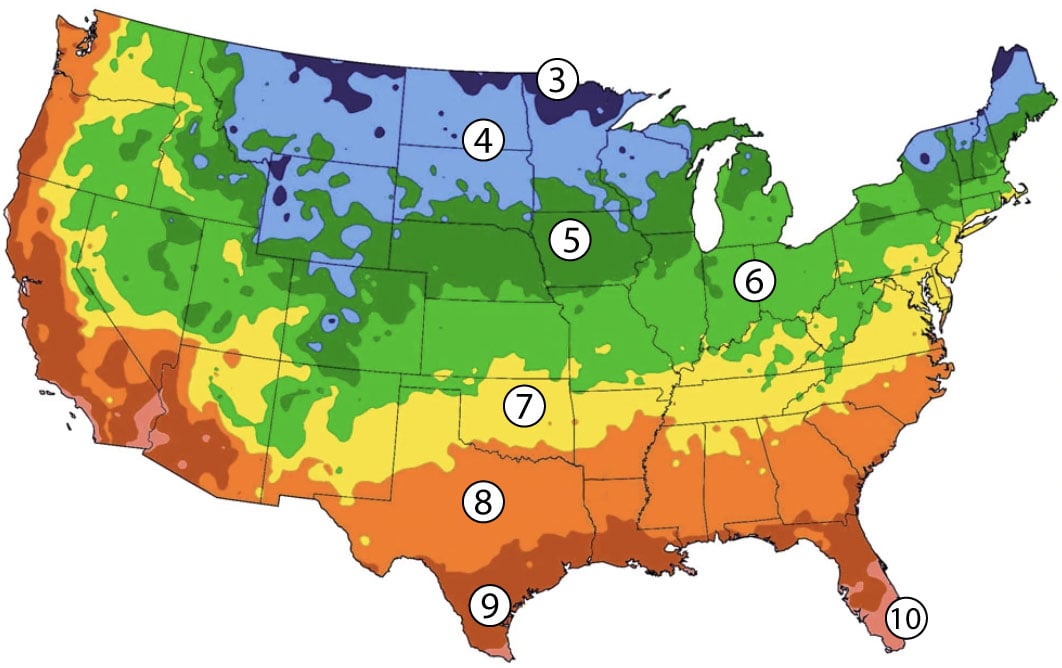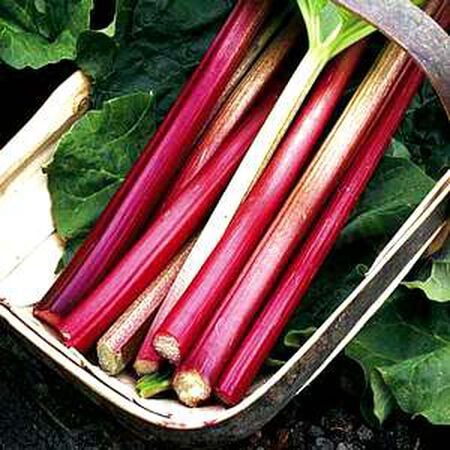Victoria, Rhubarb Crowns
Key Attributes
Key Attributes
Product Details
Weight
0.25Depth
0.5Height
9Width
6Plant Height
30-36"Botanical Name
Rheum rhabarbarumSow Depth
3-6"Breed
Open-pollinatedSun
Full SunLife Cycle
PerennialCategories
FruitDays To Maturity (# Days)
365Components
<strong>When We Ship</strong>: Fruit plants ship April thru June. We are unable to ship earlier than April. Fruit plants will be out of stock from July thru October. Pre-orders will begin in November. Any orders made November thru March will ship when appropriate the coming season. We aim to ship a week after your last frost. Any orders made after your areas appropriate shipping time but before end of June will be shipped out immediately!Components
Growing Instructions
![]() Learning Download: How to Growing Rhubarb
Learning Download: How to Growing Rhubarb
The rhubarb plant is a beautifully colored and tart stem that often makes delicious pies or jams. It is a cool season plant and grows as a perennial, meaning it comes back every year. It is drought resistant, and sometimes it is grown for its foliage to be used as a border. Rhubarb is actually considered to be a vegetable, though many think that it is a fruit.
Before Planting: Prior to planting, amend the soil with compost and manure to aid in growth. Rhubarb grows best in well-drained, fertile soil and in full sun.
Planting: Plant rhubarb crowns in the spring as soon as the ground can be worked. You can also plant rhubarb in the fall once dormancy sets in. Space the plants 3-4' apart with the roots 1 to 2 inches below the soil line.
Watering: Rhubarb plants require plenty of water. Soil should be moist up to 4 inches deep. If it is soggy, refrain from watering for a few days until it dries out.
Fertilizer: Rhubarb plants are heavy feeders. Apply a 25-3-3 or 10-6-4 high-nitrogen fertilizer when the ground thaws in the spring.
Days to Maturity: Rhubarb plants aren’t ready to harvest until their second season of growth, because this is when they have become established. Stalks are ready to harvest when they are 12 to 18 inches in length.
Harvesting: Grab the stalk at its base and pull and twist it away from the ground. You can also cut the stalk at the base. Discard the leaves after harvesting. If stalks are too slender do not harvest them.
Tips: Split the rhubarb plants every three to four years, as this will help continue good growth. Divide the plants when they are dormant in the spring.
Shipping Schedule
Rhubarb plants will ship at the appropriate time for your planting zone. The chart below estimates when your rhubarb plants will arrive. You will receive an email notifying you when your strawberry roots ship giving you a few days to prepare for planting.
This item’s size, weight, or shape may require an additional shipping surcharge based on the shipping location selected. Specific charges will be displayed during checkout. We are unable to take specific shipping dates at this time.
*This product is perishable and does not ship outside the United States.
|
 |
Our Seed Promise
 "Agriculture and seeds" provide the basis upon which our lives depend. We must protect this foundation as a safe and genetically stable source for future generations. For the benefit of all farmers, gardeners and consumers who want an alternative, we pledge that we do not knowingly buy or sell genetically engineered seeds or plants.
"Agriculture and seeds" provide the basis upon which our lives depend. We must protect this foundation as a safe and genetically stable source for future generations. For the benefit of all farmers, gardeners and consumers who want an alternative, we pledge that we do not knowingly buy or sell genetically engineered seeds or plants.
The mechanical transfer of genetic material outside of natural reproductive methods and between genera, families or kingdoms, poses great biological risks as well as economic, political, and cultural threats. We feel that genetically engineered varieties have been insufficiently tested prior to public release. More research and testing is necessary to further assess the potential risks of genetically engineered seeds. Further, we wish to support agricultural progress that leads to healthier soils, to genetically diverse agricultural ecosystems, and ultimately to healthy people and communities.
To learn more about the "Safe Seed Pledge" please visit www.councilforresponsiblegenetics.org.

